North Jersey Animal Hospital in Wayne, NJ offers complete dog and cat dental care, including routine exams, teeth cleanings, and recommendations for at-home treatment. Our veterinarians recommend a routine dental exam and teeth cleaning at least once a year for your pet to prevent tartar buildup and dental disease. According to the American Veterinary Dental Society, about 80% of dogs and 70% of cats show signs of dental disease by the time they are three years old. Frequent oral assessment, in addition to appropriate at-home dental care, can help prevent problems like bad breath, oral infection, and dental disease.
Signs Your Pet Needs Professional Dental Care
Clinical signs of dental disease are not always easy to detect at home, which is why we recommend coming in annually for your pet’s oral exam. During the oral exam, we will check for the following issues:
Bad breath
Broken, loose, or missing teeth
Discoloration or tartar build up
Excessive chewing or drooling
Reduced appetite or inability to chew
Swelling and bleeding in or around the mouth

Pet Dental FAQs
Our team uses the latest in veterinary dental technology to provide your pet with the safest, most effective dental treatments. All our patients receive a full physical exam and blood work before going into their teeth cleaning procedure, which is performed with them under general anesthesia.
The teeth cleaning involves removing all plaque, tartar, and/or calculus material from the crowns of the teeth and the roots below the gum line. We also polish the teeth to smooth away any roughened surfaces caused by our scaling tools, which are designed to break down stubborn calculus buildup.
STEP 1: SUPRAGINGIVAL CLEANING
The tartar and plaque that is visible above the gum line is removed so that all surfaces of each tooth may be visualized.
STEP :2 SUBGINGIVAL CLEANING
This is cleaning the area under the gum line. In our animal patients, this is the most important step. The subgingival plaque and calculus is what causes periodontal disease. This is the most common ailment diagnosed in ALL animal patients. Cleaning the tooth surface above the gum line will make the teeth look nice, but in reality does little medically for the patient.
STEP 3: ASSESSMENT
The veterinarian evaluates the entire oral cavity and records any abnormalities on a special dental record. Some examples of oral abnormalities are: tongue or lip lesions, deep pockets in the gums around the teeth and loose, broken or discolored teeth.
STEP 4: POLISHING
The mechanical removal of the plaque and calculus causes microscopic roughening of the tooth surface. This roughening increases the retentive ability of the tooth for plaque and calculus. Polishing will smooth the surface and decrease the adhesive ability of plaque.
STEP 5: TREATMENTS
If any abnormalities were found during the assessment, various treatments may be recommended. Some examples of treatments are: tooth extraction and local antibiotic treatment of pockets around the teeth. The veterinarian will explain any abnormalities and discuss treatment options. We are happy to provide an estimate at each stage of this procedure.
STEP 6: PREVENTION
Prevention is one of the most important parts of the oral hygiene procedure.
Animals have a natural instinct to hide pain and cannot easily communicate any pain and discomfort they are feeling. Our veterinarians are trained to detect pain in pets based on signs they are showing at home, their body language, and their reactions to specific stimuli. It is important to communicate any changes you notice at home in your pet’s daily routine or habits to help the veterinarian in their diagnosis. Some lesser-known indications of pain include increased licking, altered or heavy breathing, changes in posture, and changes in sleep habits.
Placing pets under general anesthesia during a teeth cleaning procedure is essential for many reasons. General anesthesia is used to maintain the safety and comfort of your pet, allow the veterinarian to perform a comprehensive oral exam, and allow the technician to clean your pet’s teeth properly and extensively. If your pet is awake, we cannot clean under the gum line and completely remove all traces of buildup and infectious bacteria from their mouth.


